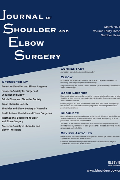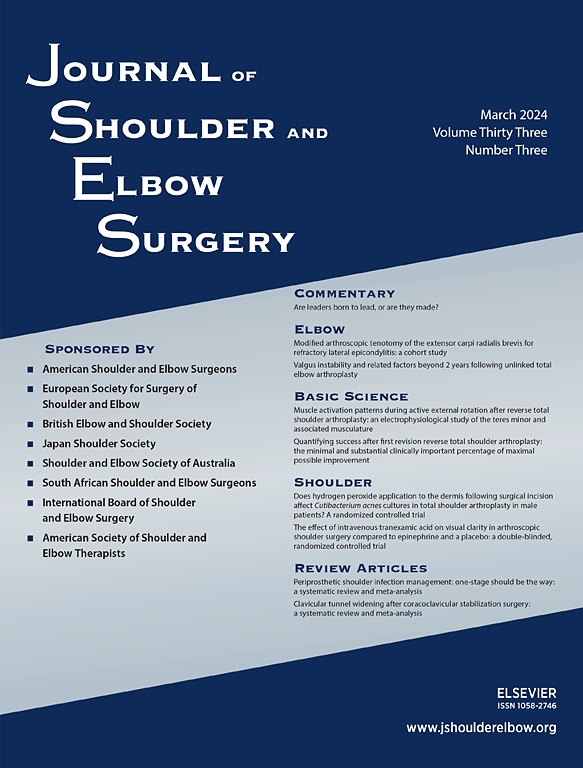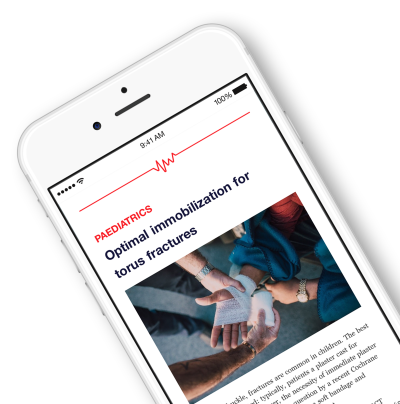
Physiotherapist-Supervised Vs Unsupervised Home-Based Exercises for Proximal Humerus Fractures .
Physiotherapist-supervised exercises versus unsupervised home-based exercises after nonsurgically treated proximal humerus fracture: a multicenter randomized controlled trial.
J Shoulder Elbow Surg . 2024 May;33(5):994-1003.Seventy-two patients with nonsurgically treated, displaced, 2-part proximal humerus fractures were randomized to receive either physiotherapist-supervised exercises once a week for 10 weeks (n=37) or unsupervised home-based exercises (n=35). The primary outcome of interest was the Disability of the Arm, Shoulder, and Hand (DASH) score at 3 months. Secondary outcomes included the DASH score at 12 months, Constant-Murley Score, 15D health-related quality of life instrument, Visual Analog Scale (VAS), General Self-Efficacy Scale (GSE), and the Pain Catastrophizing Scale (PCS), with assessments at 3 and 12 months. Overall, the study found no clinically significant differences between the supervised and unsupervised groups in primary or secondary outcomes. These findings suggest that supervised exercises do not provide added benefits compared to unsupervised home-based exercises for this patient population.
Unlock the Full ACE Report
You have access to 4 more FREE articles this month.
Click below to unlock and view this ACE Reports
Unlock Now
Critical appraisals of the latest, high-impact randomized controlled trials and systematic reviews in orthopaedics
Access to OrthoEvidence podcast content, including collaborations with the Journal of Bone and Joint Surgery, interviews with internationally recognized surgeons, and roundtable discussions on orthopaedic news and topics
Subscription to The Pulse, a twice-weekly evidence-based newsletter designed to help you make better clinical decisions
Exclusive access to original content articles, including in-house systematic reviews, and articles on health research methods and hot orthopaedic topics
































































